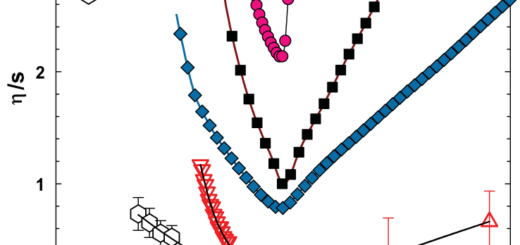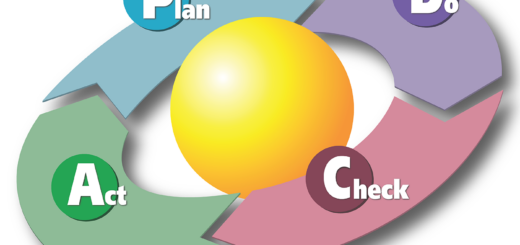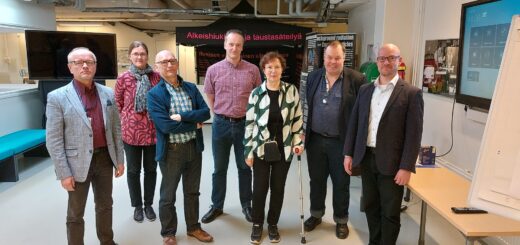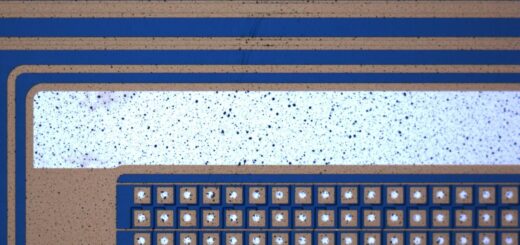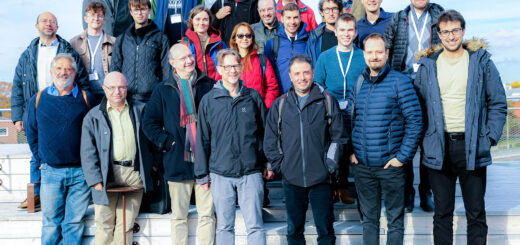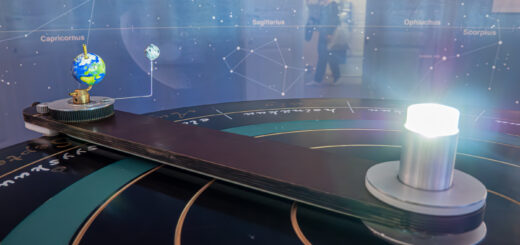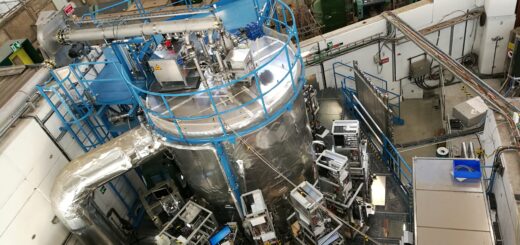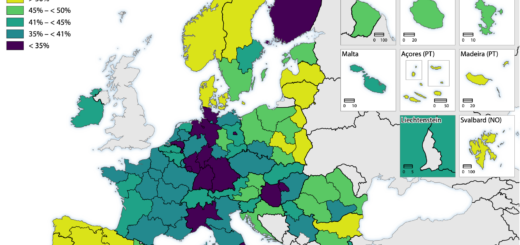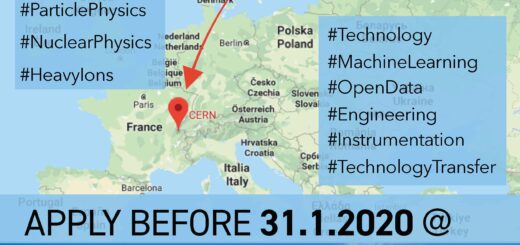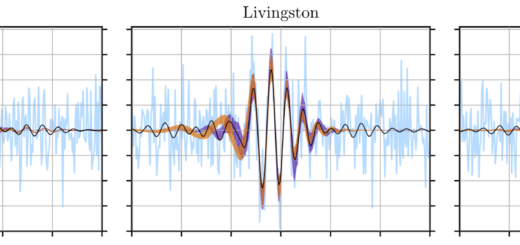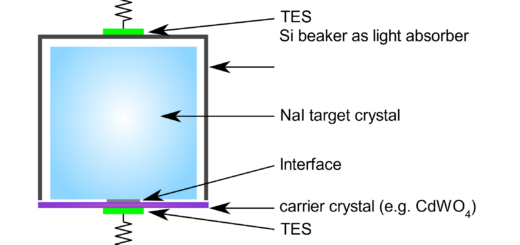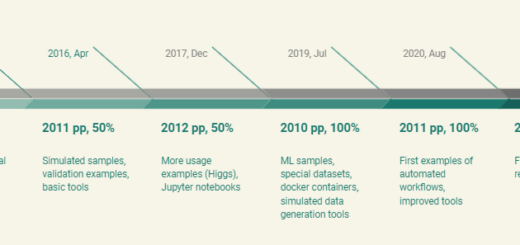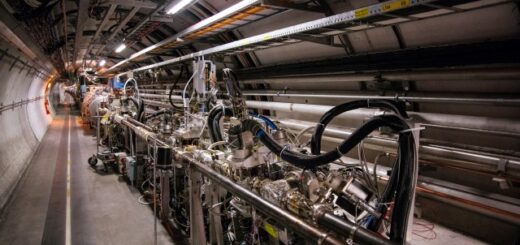Helsinki Institute of Physics (HIP): yesterday – today – tomorrow

The rather ascetic name of HIP common blog reflects our aim of broadly narrating the research and activities of Helsinki Institute of Physics, without restrictions on the particular content. Although the posts will be related to activities of HIP in one way or another, we hope that the variety of content will engage the attention of a wide audience.
As Director of HIP I would like to first briefly summarize my thinking concerning the role of HIP, as well as of the usefulness of HIP in the Finnish science environment. I will also shortly review the beginnings of HIP, i.e. background for the current Institute. During HIP’s formation, I was personnel representative on the temporary board of HIP for 1996, and then on the board of HIP during 1997-2007.
Special role in Finnish research
Any research Institute should know, what is so specific to it that it cannot be covered without that Institute.
HIP possesses two unique features that are closely connected to each other:
- HIP connects extensive and different expertise and know-how connected to accelerators from the Universities of Helsinki and Jyväskylä, Aalto University and the Technical Universities of Lappeenranta and Tampere.Such a close joint venture of so many universities with different emphases is internationally rare!
- HIP covers a continuum of research topics from theoretical physics, analysis of accelerator experiments, experimental set-ups and instrumentation, as well as technological development all the way to commercialization of products in collaboration with industry.Such a wide and coherent research field is difficult to realise within a single university because of a lack of scientific expertise or other resources!
An essential addition to the above comes from the close collaboration of HIP with international accelerator centers (CERN, and FAIR). This collaboration gives a robust foundation for all the activities of HIP partner universities with these centers.
The collaboration of Finland with CERN through HIP has been praised many times as exemplary.
Short history
HIP started as a merger of three former research institutions:
The Research Institute of Theoretical Physics (TFT) and the Research Institute for High Energy Physics (SEFT) of the University of Helsinki, and the Institute for Particle Technology (HTI) of the University of Technology were merged to form the Helsinki Institute of Physics by law 1.9.1996. The Institute began in full at the beginning of 1997, when TFT, SEFT and HTI operations were discontinued.
The combination of working cultures of the merging institutes was mulled over thoroughly. It was deduced that the supporting structure most conducive to good research would be to have fixed-term projects without permanent staff. In order to find the best possible projects, a high level scientific advisory board would advise the Board through scientific evaluation.
Fixed-term projects have been counterbalanced by the experiments at CERN, which have required long-term commitment; they have therefore formed a supporting framework for HIP’s activities. At the time of HIP’s formation, CERN was running during 1989-2001 electron-positron collider experiments in the same tunnel in which the Large Hadron Collider (LHC) would later be built.
The English name of the Institute, Helsinki Institute of Physics (HIP), was discussed at length when the University of Jyväskylä joined HIP in 2002, but the name had already become established, and there was not much interest in giving it up. So the HIP name remained, although the geographic extent of the Institute has extended several times: the University of Jyväskylä joined in 2002, Lappeenranta University of Technology in 2006, and Tampere University of Technology in 2008. The Radiation and Nuclear Safety Authority is an interim partner for 2018-2019.
Current programmes and projects
HIP activities are still divided into the theory programme, experimental programmes and the technology programme, all of which have a project structure. Projects are 3+3 years, with an evaluation after the first 3 years, at which point a decision is taken whether to continue the project – HIP research has been agile long before agility became a hip term.
Our experimental programmes are the CMS programme and the nuclear matter programme.
Programmes and their projects form the core of HIP activities. The dynamics of the Institute are largely generated by the changes or renewal of the projects, whose leaders have been extraordinarily devoted and determined. As a consequence, for example almost all of the former theory project leaders have obtained permanent academic positions.
In HIP operations (and prior that in SEFT operations) an essential part has been the Detector Laboratory. Its status has been solidified by making it its own infrastructure inside HIP. Furthermore, it is jointly operated by the Department of Physics.
There are also other elements in HIP not belonging to the Programmes: separate projects CLOUD (studying possible link between galactic cosmic rays and cloud formation), PLANCK-EUCLID (concerning cosmology research), Open Data and Education (concerning gigantic amount of data from CERN and use of CERN for education).
Forward as an interacting community
The Helsinki Institute of Physics has been praised in every evaluation made of it, but there is always something to improve. Since HIP has over the years extended from its beginnings both scientifically and geographically, there is a risk that activities become scattered and the common goal is lost. To avoid this, meetings of the HIP community are indispensable. Already this year the Programmes have started their own internal meetings, and in 2019 the whole HIP community will be gathered in a large “town meeting”.
The whole community will have a lot to learn from such a meeting!
I hope that this blog, with contributions from our community, will offer glimpses into the activities and thoughts of HIP researchers, and especially of the fascinating physics being done in our institute.
Read more:
The annual report offers a good review of the research in HIP,
You are most welcome to interact with us also on Twitter: @HIPhysics
Katri Huitu






